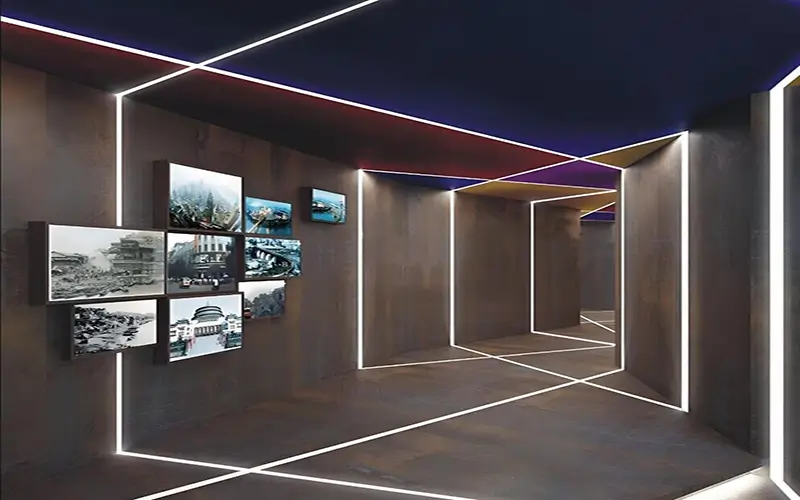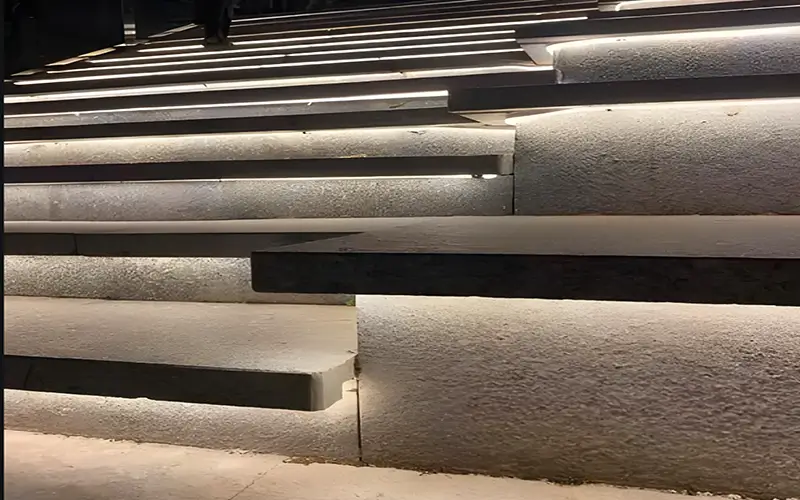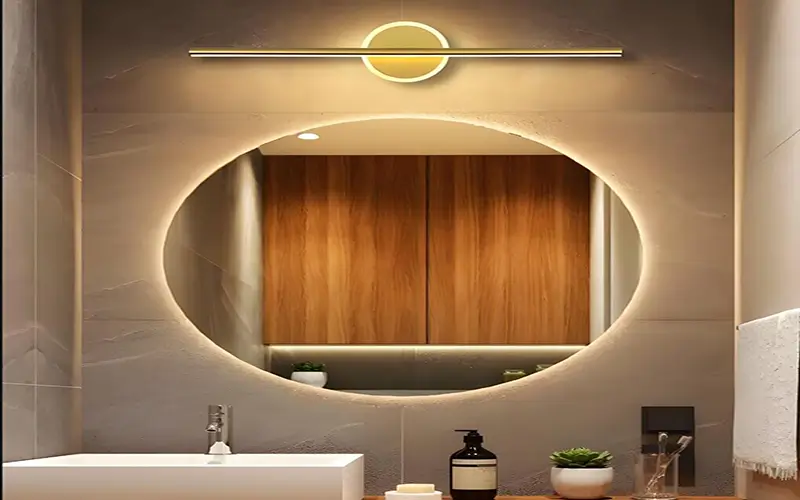
When we install LED light strips, some users will encounter a problem, and it is a common problem: Why the LED strip lights not sticking? Different LED light strip suppliers provide different 3M adhesive profiles and quality. This article aims to explore why LED light strips can’t stick and provide solutions to ensure that the LED sticks for a long time.
Common Problems with LED Strip Lights Not Sticking
Many LED strips come pre-equipped with 3M adhesive backing, which makes installation easier. However, in some cases, some adhesives do not provide a strong bond.

1. Unclean Surface
One of the main reasons why LED strip lights not sticking is an uneven surface. If there is dust, grease, or moisture on the surface to be installed, the adhesive will not adhere firmly. So before installation, be sure to wipe the installation surface with a clean cloth to ensure that there is no dust, dirt, or moisture.
2. Low Adhesive Quality
Different suppliers provide different quality 3M adhesives for LED light strips. Some LED light strips use poor-quality adhesives, failing to adhere firmly to the surface. Most of them may fall off after long-term use, especially in challenging conditions such as high humidity or high temperature.
3. Uneven surface
Check the surface to be installed in advance. If it is attached to a rough, uneven or porous surface, the LED strip may not adhere firmly. This is because the adhesive cannot fully contact the entire surface. So try to choose a surface that is as flat as possible.
4. Surface material
The material and texture of the surface to which the LED strip is attached will significantly affect the bonding effect. Of course, we all need to choose a smooth, non-porous surface is the ideal choice, while rough or porous surfaces (such as wood or painted walls) will make it difficult for the LED strip to stick.
5. Environmental conditions
The environment in which the LED strip is installed also has a certain impact. The temperature and humidity in the space play a vital role in the performance of the adhesive. If there is an extremely cold or hot environment in the installation place, it will weaken the adhesive and cause the LED strip to fall off.
5. Not enough time to stick
When sticking LED strips, you need to use enough pressure. This allows the adhesive to fully contact the surface and the adhesive to have time to cure, which usually takes a few hours to 24 hours to achieve the best adhesion.
6. Adhesive Aging
The adhesive of some LED light strips will age over time, which is indeed a normal problem. Especially if exposed to sunlight or contact with moisture for a long time. So you need to choose LED light strips with UV resistance and waterproof properties to ensure that its adhesive can remain sticky for a long time in harsh environments.
7. Avoid repeated pasting
If the LED light strip is torn off and re-pasted multiple times, the adhesive will gradually lose its stickiness, resulting in a loose adhesion. So avoid pasting the same light strip multiple times. If you need to re-paste, you can use new adhesive or double-sided tape to enhance the stickiness.
8. Improper installation of LED strips
If LED strips are installed on a vertical or hanging surface, gravity can also cause the strips to fall off, especially when the adhesive has not fully cured. Therefore, it is best to install them with mounting clips or LED profiles, which will be more stable and safer. More about how to cut LED profile, pls read How Do I Cut The LED Channels And Covers?
How to Improve the Sticking of LED Lights Strip?
We have comprehensively analyzed the reasons why LED strip lights do not sticking. Now we need to prevent these problems in advance to improve the adhesion of LED light strips. If you have any problems with the LED strip lights that need to be checked, please see How to Repair the Broken LED Strip Lights? -Common Troubleshooting

- Clean the surface correctly
Before installing the LED light strip, clean the surface to remove any dust, oil or dirt. This ensures better adhesion between the adhesive and the surface. - Use high-quality LED light strips
Be sure to buy high-quality LED light strips and understand the various types of adhesives in advance to choose the right 3M adhesive. - Use additional adhesive
If the pre-applied adhesive seems weak, consider using 3M double-sided tape designed for LED light strips. Choose a tape with a strong adhesive that is compatible with the surface and the LED light strip material.
Alternative Mounting Methods for LED Strips
- Correct installation technique
Press hard when applying the LED light strip to ensure good contact with the surface. A roller can be used to evenly distribute the pressure across the entire light strip. - Mounting channels and clips
The LED channel is one of the most suitable mounting accessories for LED light strips, used to fix the LED light strip. It will protect the light strip from dust and moisture and can be screwed or glued directly to the surface.
Precautions and Maintenance Tips
- Regular Inspection
Check your LED strips regularly to make sure they are still securely fastened. Look for any signs of peeling or flaking and address them promptly. - Environmental Control
Avoid placing them in areas with wild temperature fluctuations or high humidity. Both high and low temperatures can weaken the adhesive on LED strips. If it is too hard, gently heating the adhesive with a hair dryer can improve the bond. - Reapply Adhesive as Needed
If you notice your LED strips starting to peel, reapply the adhesive or consider using a stronger adhesive to prevent further problems.
Conclusion
By understanding why LED strip lights don’t sticking, as well as the factors that affect adhesion and implementing the solutions outlined in this article, you can ensure that your LED light strips stay securely in place for years to come. For high-quality LED strip lights and LED neon flex, visit Neonledstrip today!
